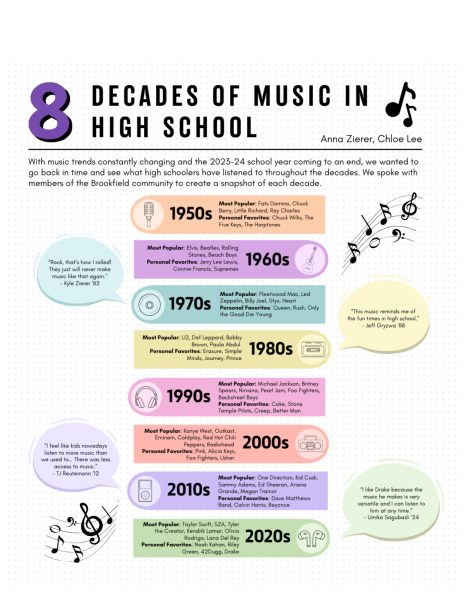Ferguson Affected by Protests
A white police officer of Ferguson, Missouri, a St. Louis suburb, shot and killed an unarmed black teenager Aug. 9. The teen was identified as 18-year-old Michael Brown Jr., and his death induced outrage among the citizens of Ferguson. The initial outrage stemmed from the fact that Brown’s body was left at the sight of the incident undisturbed for four hours. Differing accounts of the altercation came from Dorian Johnson, a friend of Brown who was with him at the time of the shooting, and Officer Darren Wilson, the policeman identified as the shooter. Both reports confirmed that Officer Wilson had stopped Brown and Johnson, and told them to move off of the street and onto the sidewalk. It was after this that a dispute occurred, which resulted in the death of Brown.
The autopsy report of Brown’s body released information that Brown was shot at least six times, and an audio capturing the shooting of Brown has recently been released and confirmed as legitimate.
Throughout the month, citizens of the predominately black Ferguson community have taken to the streets to protest, demanding justice for Mike Brown, with a mantra of “Hands up, don’t shoot,” in an effort to convey their message of a peaceful protest. Outside of Ferguson, in major cities such as New York, Los Angeles, Chicago, and Milwaukee, several other protests have formed in support of Brown, and others in support of Wilson. A number of donation pools have been created to support the Brown family and Officer Wilson; however, the donation web pages supporting Wilson have shut down in recent days, and it is unclear why.
The nature of this incident and the events following have sparked up a debate of race relations and police brutality towards minorities on the speculation that the shooting was heavily racially charged. The use of military equipment by the St. Louis Country Police to manage protests have also triggered dispute about the necessity of government supplied military equipment to local and state police forces.











